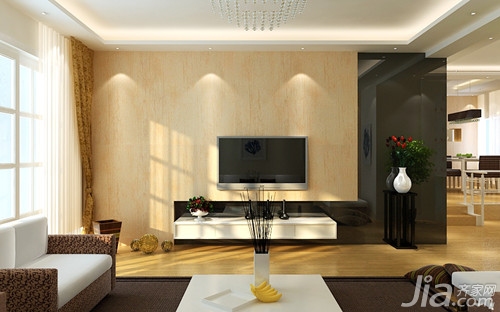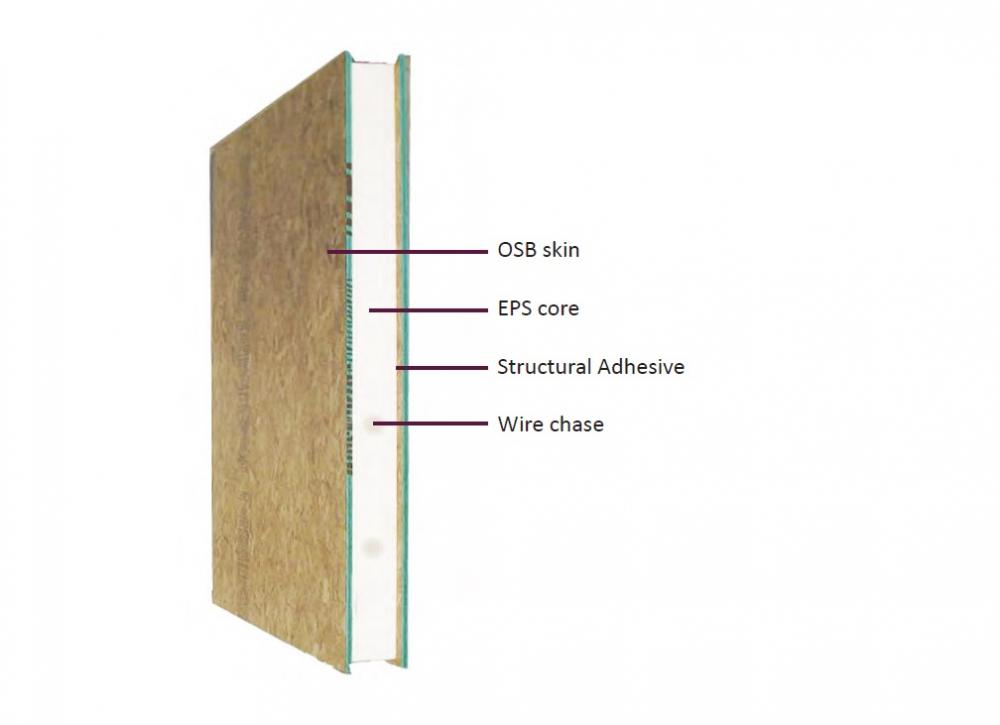Each home decoration will encounter more or less problems, I believe that the most difficult problem is not the soft decoration style or residential feng shui Bureau, but the problem of hydropower installation, the lack of daily knowledge of home improvement and installation of hydropower can lead to Many problems, such as the installation of water and electricity at the beginning of the wrong place, then the purchase of furniture, such as a good decoration will encounter many troubles, change the furniture for small, change the water potential. Here's a small series to tell everyone about the day-to-day knowledge of home- installed water and electricity installation! We must remember it! 1. Before construction, there must be electrical (strong, weak), water supply and drainage design drawings. 2. The threading tube should be selected to have a certain size (thickness), not only to enable the thread to wear in, but also to leave enough gaps so that the heat generated by the thread when passing a large current can be dissipated. The ratio of the cross-sectional area of ​​the general conductor to the cross-sectional area of ​​the conduit is 1/3 to 1/. It is forbidden for the wire to block the conduit. 3, different voltages, different loops, different signal lines are strictly prohibited to wear in the same threading tube. 4. It is forbidden to lay the conductor directly in the wall, floor, under the floor or ceiling without any protection. 5. The switch of the lamp and electrical equipment must be installed on the "phase line" (ie, the control phase line), otherwise, the switch off, the light off and the electrical equipment is still energized, and it is easy to cause electric shock. 6. There are two protection methods for the power system: ground protection and zero protection. At present, China generally adopts the ground protection method. Note that in the same system, it is forbidden to adopt two protection methods at the same time, otherwise it will cause a safety accident. 7. It is forbidden to use a mobile switch on the bedside. If the fixture is a screw base, the center tongue of the screw base should be connected to the control phase. 8. The interface of each line should be smooth and the connection between the plates should be firm. The power inlet box interface box should be protected by a protective ring (lock nut). 9. In order to renew and maintain the conductors in the future, the arc of the elbow buried at the corner of the wall, underground or ceiling (ie, the cold bend radius) should be 5 to 10 times the diameter of the conduit. 10. It is forbidden to connect the wire in the threading pipe. That is, if the length of the wire is not long enough, the joint of the wire cannot be in the threading pipe. Generally, it should be connected in the junction boxes such as switches, sockets and lamp holders. 11, the installation of lamps should be carried out after the paint is completed. Installing lamps on brick-concrete structures, using wooden wedges, applying hooks, bolts, or expansion bolts, etc. is strictly prohibited. There should be no less than two bolts (or screws) for the fixture. Luminaires must not be installed on combustible components. 12. The hot water faucet in the hot and cold taps should be installed on the left side. The electric water heater should have a grounding protection device. When it is used for the first time, the air in the gall bladder should be removed. After filling the water, it can be started by electricity. Circuit modification design and smart home design: For convenience, the fire line is generally red, the control line is yellow, the neutral line is blue, and the ground line is a yellow-green two-color line. The basic part of the strong electricity: Living room: main lights, spotlights, light strips, TV outlets, closed-circuit sockets, DVD audio and other sockets, air conditioning (cabinet) sockets, telephone plugs, and other electrical sockets. Restaurant: Refrigerator, water dispenser, hot pot outlet, main light, spotlight, etc. Bedroom: cable, telephone line, TV line, TV socket, dual control main light, nightstand socket. Room: Cable, telephone line, closed route 13. The dark water supply pipeline must be strictly inspected whether all the connecting parts are tightly and firmly installed, and the hydraulic pressure test is correct. After the water pressure test, the water can be buried for a period of time. The pressure test index is generally between 0.8mpa and 1.0mpa. 14. The installation position of Sanitary appliances should be accurate, and the support and bracket should be flat and firm. The floor drain should be installed at the lowest point of the ground and be 5mm recessed. The connection between the toilet and the floor or the nozzle is sealed with sludge or silicone, and cement should not be used. The cement will expand and cause cracks in the bottom of the toilet. 15, the water supply pipe can be PP-R pipe, brass and so on. 16. The horizontal pipe of the drainage pipe should have a certain slope, and the socket socket should be tightly connected to ensure no leakage. The spacing between the brackets and elevators for the fixed pipes is reasonable and firm. Information on home-installed hydropower was introduced here for everyone. I hope this article will be helpful to everyone. If you still have something you don't understand, you can leave a message to Xiaobian at the bottom. We will answer your questions as soon as possible. Hydropower installation bedroom lighting home improvement home dining furniture bedroom decoration home bedroom lights
A. Definition:
B. Design theory:
C. Advantages to use EPS Foam Sandwish Panels:
Osb Sip,Sandwich Panels,Insulated Sandwich Panel,Sandwich Roofing Sheets,structural insulated panels, OSB facing sandwish panels,high-performance insulation material Dalian Quacent New Building Materials Co.,Ltd. , https://www.quacenthomes.com



SIPs are high performance thermal efficient composite panels which consist of a sandwich of two layers of structural board with an insulating layer of foam in between for walls, roofs and floors in new residential and commercial buildings.

product_1Structural Insulated Panels (SIPs) have become a widely used alternative construction material for homes and other buildings. While many types of Composite Panel building systems have been developed, SIPs now usually refers to panels made from a thick layer of foam (polystyrene or polyurethane) sandwiched between two layers of Oriented Strand Board (OSB), plywood or fiber-cement. The result is an engineered panel that provides structural framing, insulation, and exterior sheathing in a solid, one-piece component.
The basic design concept for SIPs is elegant in its simplicity, and offers several advantages for constructing walls and roofs. Bonding the foam core to the stiff outer skins creates a web-and-flange structural strength (along the same principal as an I-beam) across the length and breadth of the panel. With the capacity to handle axial, bending, racking, and shear loads, properly designed and assembled SIPs not only replace conventional framing, but will withstand high wind, and seismic forces.
Architectural Benefits
High quality construction method.
Comfortably warm, clean, and quiet.
Cost Benefits
Equal or lower first costs.
Lower long term operating costs.
Incentives available from utility service provider for energy efficient design.
Lower maintenance costs for you.
Construction Process Benefits
Easy to construct, with short learning curve.
60% shorter construction time
Quick turnaround time for greater satisfaction.
Increased builders production capacity.
Environmental Benefits
50% less framing lumber.
50% more energy efficient.
Requires less room at building site (less site disturbance).
Less construction waste.
D. Usage:
SIPs are prefabricated systems used primarily for walls and roofs. SIPs employ composite materials, reduce waste through modular construction methods, achieve high insulation